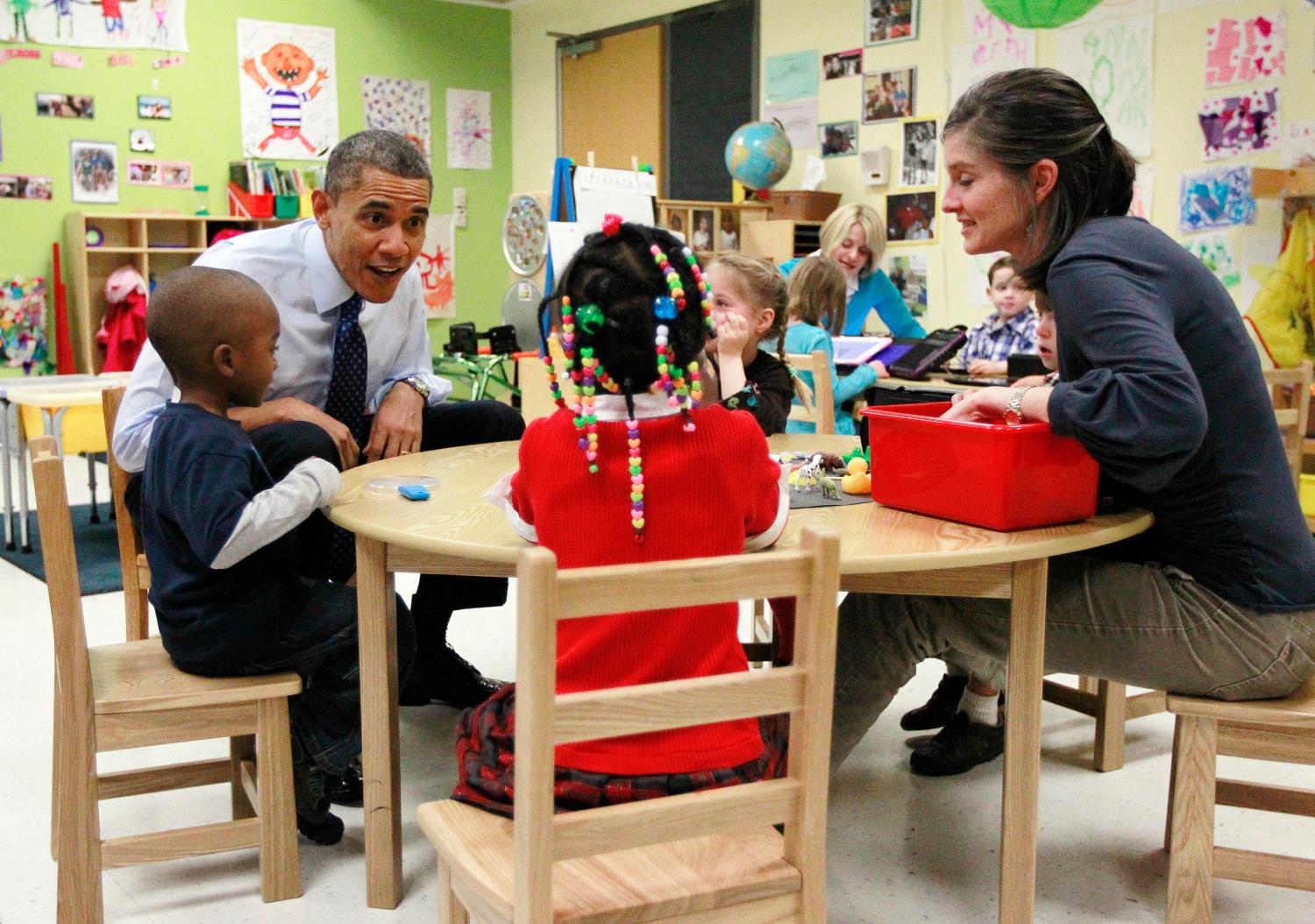This report launches the second volume of the Brown Center Report on American Education. The five issues of volume one were published from 2000 to 2004. Volume one included regular reports on data from the National Assessment of Educational Progress (NAEP) and state assessments, analysis of student achievement in charter schools, a study of trends in homework, evaluations of the federal government’s Blue Ribbon Schools Program, an investigation of the academic performance of high schools with powerhouse sports teams, analyses of student achievement in urban school districts and rural schools, a survey of exchange students from countries abroad to see what they think of American schools, and a survey of the mathematics preparation of middle school math teachers. Volume two will explore similar topics related to how well American students are learning.
As in volume one, the reports of volume two will be divided into three parts. Part one reviews the latest data on student learning in the U.S. In this issue, the most recent results from both NAEP tests, the long term trend and the main, receive attention for what they reveal about American students’ progress in reading and mathematics. Part two looks at the “happiness factor” in education, analyzing international data to see whether students’ self-confidence and enjoyment of math and the relevance of lessons that students experience in classrooms are correlated with higher math achievement. Do nations with happier students score higher on math tests than nations in which students are not quite as happy?
Part three looks at how states have responded to the No Child Left Behind Act. Several analysts have recently concluded that states are “racing to the bottom” by artificially inflating the number of students who demonstrate proficiency on state tests. It is indisputable that states report larger numbers of proficient students than the NAEP test. But the studies have overlooked some key questions. Is NAEP such a good test that it should be used as a benchmark for judging state assessments? Can NCLB be blamed for the discrepancies between reported levels of proficiency on NAEP and state tests? How large were the discrepancies before NCLB?
We hope readers will consider this issue of the Brown Center Report as interesting and provocative as previous ones. On a personal note, this also is the first issue that will be published without Paul DiPerna on hand for the release. After six and a half years in the Brown Center, Paul has moved on to bigger and better things at the Friedman Foundation in Indianapolis. We thank Paul for his tireless work on behalf of the Center and wish him a terrific career in Indianapolis.
PART I: The Nation’s Achievement
PART II: The Happiness Factor in Student Learning
PART III: Are States Honestly Reporting Test Scores?
The Brookings Institution is committed to quality, independence, and impact.
We are supported by a diverse array of funders. In line with our values and policies, each Brookings publication represents the sole views of its author(s).




